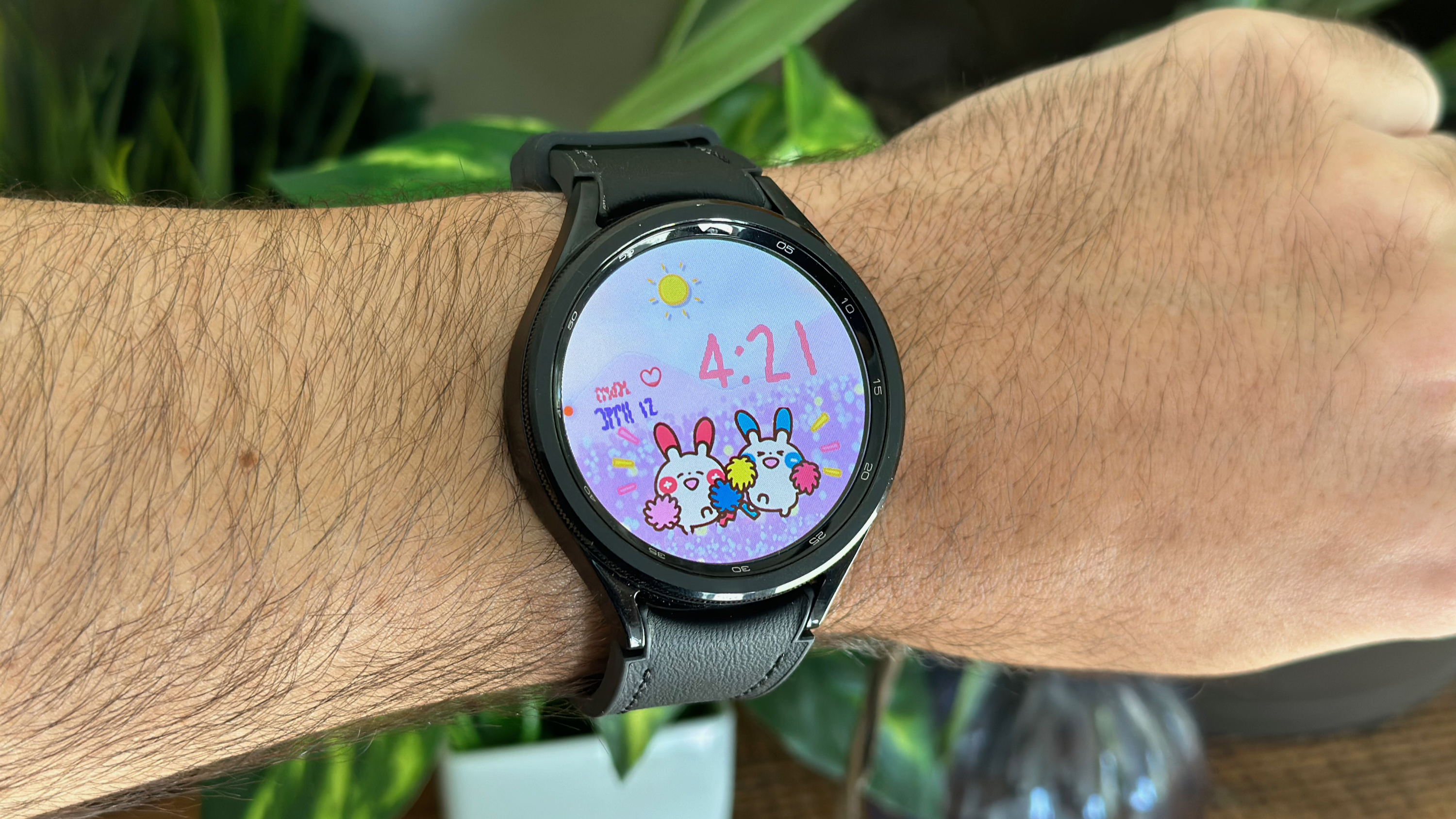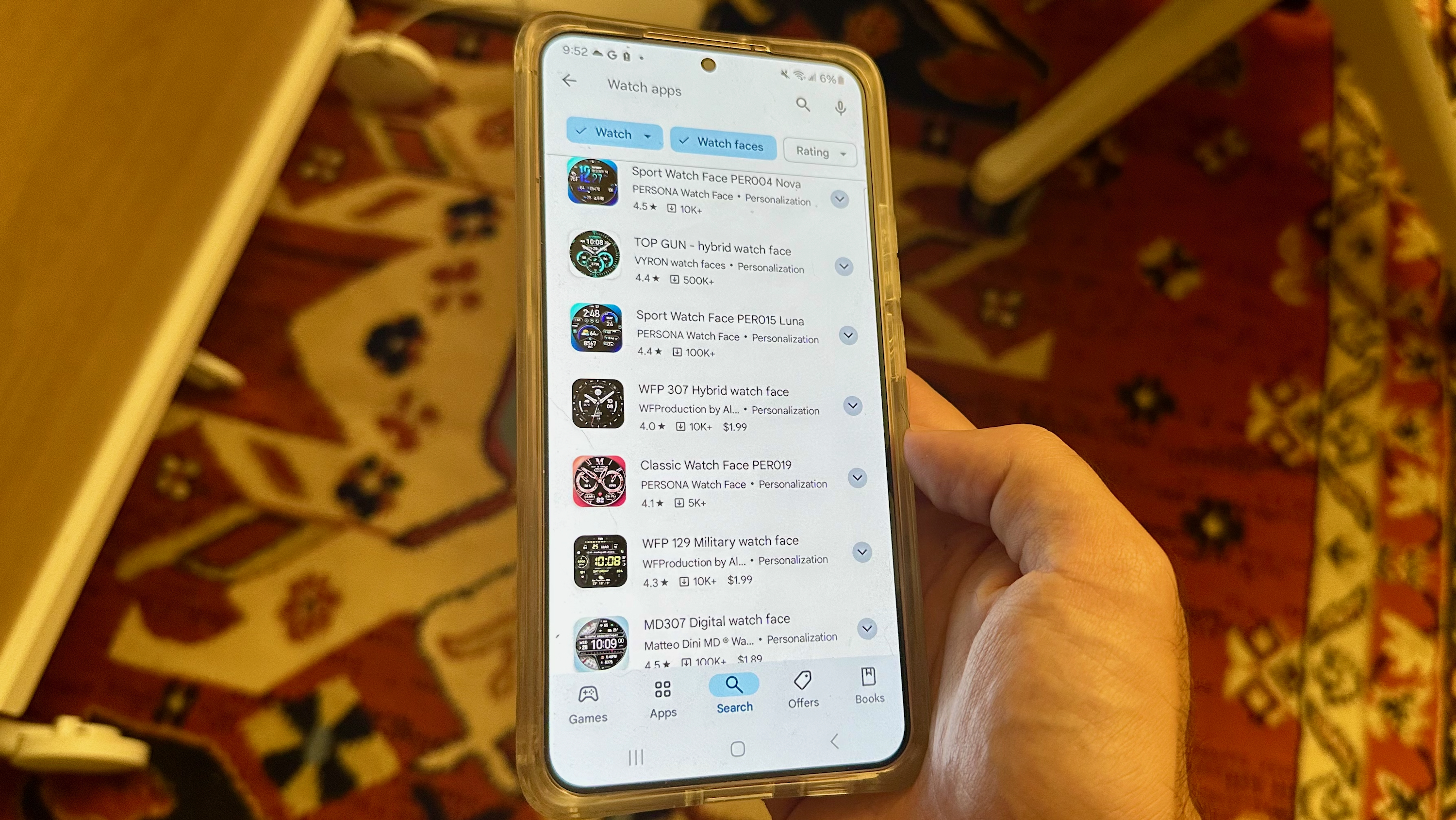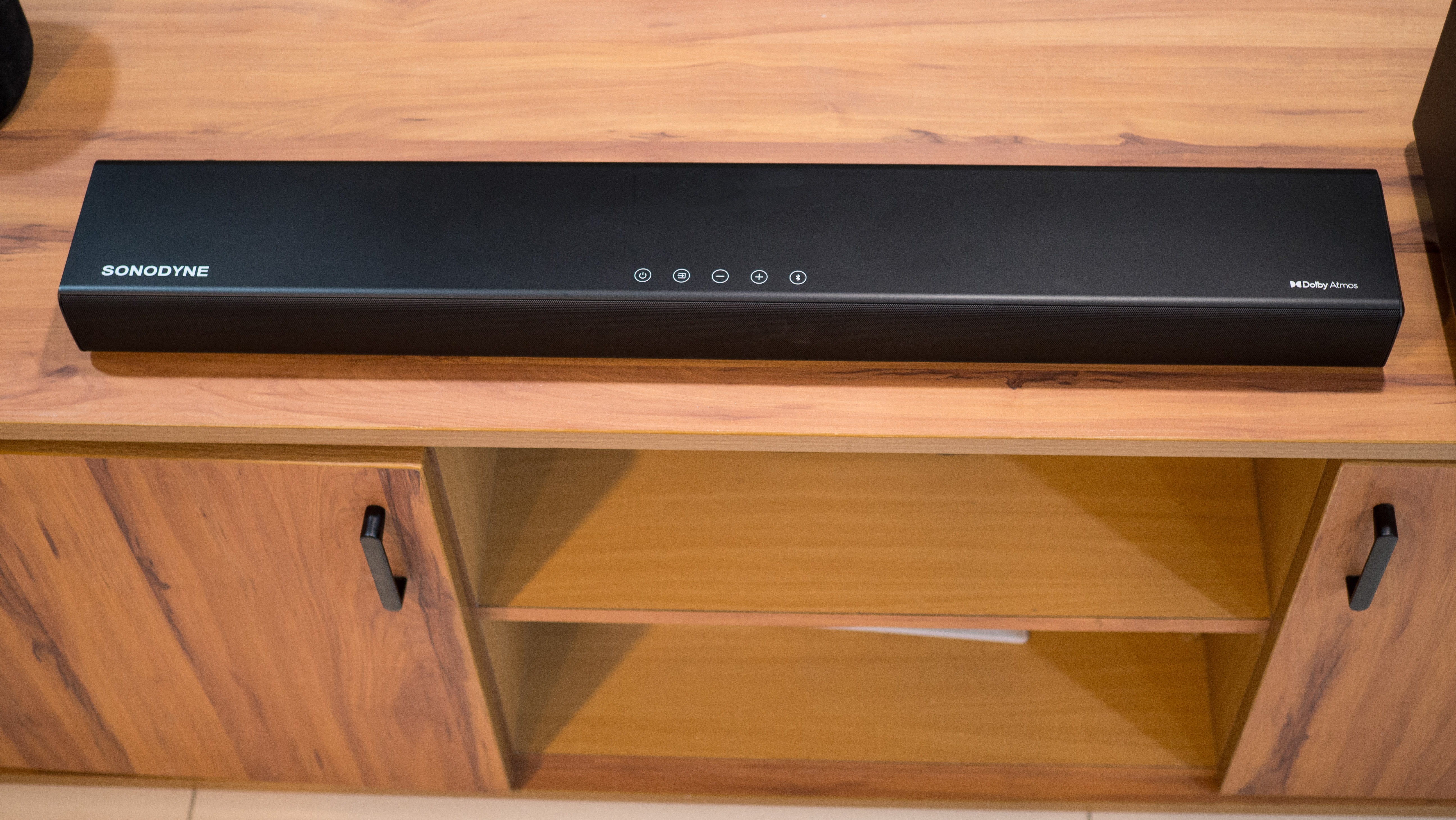Wear OS 5 blocks one of the best watch apps and it's high time Google fixes things
Watch Face Format helps the Galaxy Watch 7 and Pixel Watch 3 last longer, but it also makes Facer obsolete and their watch faces distressingly basic.


This new weekly column will focus on the state of Wear OS, from new developments and updates to the latest apps and features we want to highlight.
You may not have heard of Google's XML Watch Face Format or even noticed the upgrade if you only use the default watch faces that come with your Galaxy or Pixel Watch. But it's one of the most important Wear OS upgrades in recent years, using minimal memory to stretch out your watch's battery life.
It's also taken a lot of fun out of Android watch faces, killing one of my favorite Wear OS apps (Facer) on my Galaxy Watch Ultra and Pixel Watch 3.
I understand why Google made this move, but it's a creative and economic black hole for Wear devs, and Google's current Play Store solution isn't great.
The Watch Face Format (WFF) replaces the old AndroidX and Wearable Support watch faces. XML watch faces don't use any logic or executable code, with total memory restricted to 10MB in ambient mode or 100MB in interactive mode. These WFF faces run off your watch's coprocessor, with hardly a dent in the battery life.
Mandatory WFF faces, along with the Wear OS Hybrid Interface, make the Pixel Watch 3 more useable to me than the Pixel Watch 2 was, simply by stretching out its capacity to last two days instead of just over one day. But they're also boring. XML precludes any complex animations or features; it also discourages innovation by blocking the main third-party market for watch faces.

The Facer app syncs with Android watches and has hundreds of thousands of watch faces, including ones with truly creative animations and recognizable brands. The best faces cost money, but people found it worth it to keep their watches fresh, and you could even create your own faces or subscribe to try out the entire collection.
Facer functions like a Play Store for watch faces organized by categories, free/paid, and general vibes. Because of discoverability, it's very easy to browse and find creators and faces you'll like, building up a cute library that would carry over to future watches.
Get the latest news from Android Central, your trusted companion in the world of Android
It's a decade old, existing about as long as Wear watches have. And now Wear OS 5 is putting Facer's future in jeopardy, as well as the whole idea of "fun" watch faces.
New Galaxy Watch 7 or Pixel Watch 3 owners have lost their faces for good. You can either use the default on-watch faces and their basic "flavors" or go into the Play Store, search by device, tap "Watch Faces," scroll through a long list of WFF options, and buy whichever strikes your fancy.
There's no organization and very little chance for developers to make their watch faces stand out and make money — meaning there's no incentive to make new XML watch faces. That's an issue for Google and (more importantly) for us.
Google needs to fix this and work with Facer

Facer created a help page explaining its thoughts on the WFF developments. It says it's "working hard with Google to bring the Facer service" to Wear OS 5 watches, but while it has been "actively discussing a resolution with Google since the Watch Face Format was announced" in 2023, the "change was unfortunately rolled out before a solution could be reached."
With the current WFF system, Facer would need to convert each of its 500,000 faces to XML, removing any aspects that the "limited" format couldn't support, and then upload them one by one to the Play Store. They aren't allowed to credit users with watch faces they bought before, so you'd have to pay again for things you "own," and they could no longer charge a subscription model.
Google has every right to reinforce its hard XML requirement for Wear OS, even if this restricts the most creative watch faces. It makes Android watches look bad when the battery dies quickly over an aesthetic choice. But the Play Store requirement seems needless and unrelated, cutting out a middleman without an adequate substitute in place.
The resolution seems obvious to me: let people continue to install WFF faces from third-party platforms (like Facer) so that artists and developers have a place to sell them and an incentive to make them. Either that or Google could buy Facer and make the app a first-party platform for Wear OS users to discover watch faces more easily.
Whichever path Google takes, it would be better than guaranteeing that the newest Wear OS watches are stuck with boring, basic watch faces for the foreseeable future. And even if Facer struggles to convert its full library to WFF, it'll have an easier time of it if it can keep making money through its store in the meantime.
Google needs to prioritize fixing the broken Wear OS 5 update on last-gen Pixel Watches before it worries about watch faces. But this isn't just some frivolous issue; it's a chance for Google to prove it cares about long-time Wear developers and indie creators after steamrolling over their ecosystem for a battery boost.
A new Wear OS Weekly column
As Android Central's wearables editor, I've written plenty about Wear OS watches in my Sunday Runday weekly column. But I use that space to deep-dive into Android watches' hardware quality (i.e., HR and GPS accuracy tests) and fitness software; it's not the right space for discussing watches in a more general context.
That's why I'm starting this new Wear OS Weekly column, which you can look out for every Wednesday!
My initial focus was on fitness watches because I felt I had more knowledge and authority to cover them. While I've used Wear OS watches for the past couple of years, starting with the Galaxy Watch 5 Pro, I'm not a native Android user, and I want to ensure I match our readers' standards when covering this topic.
Now that I've had more time with Wear OS, I felt the time was right to start this series. I plan to do deep dives on software updates, talk about the watch apps the Android Central staff loves (or thinks should be better), and generally try to improve the site's smartwatch coverage beyond simple news.
If you have areas you'd like me to focus on, feel free to comment on this or future columns or email me with your questions and thoughts!

Michael is Android Central's resident expert on wearables and fitness. Before joining Android Central, he freelanced for years at Techradar, Wareable, Windows Central, and Digital Trends. Channeling his love of running, he established himself as an expert on fitness watches, testing and reviewing models from Garmin, Fitbit, Samsung, Apple, COROS, Polar, Amazfit, Suunto, and more.
You must confirm your public display name before commenting
Please logout and then login again, you will then be prompted to enter your display name.
